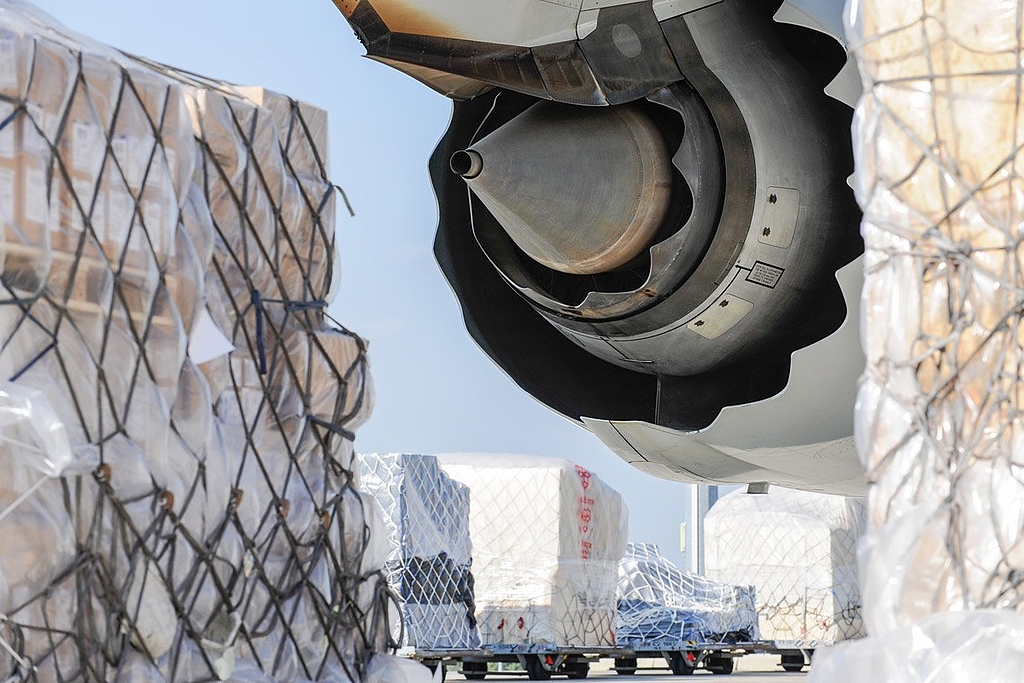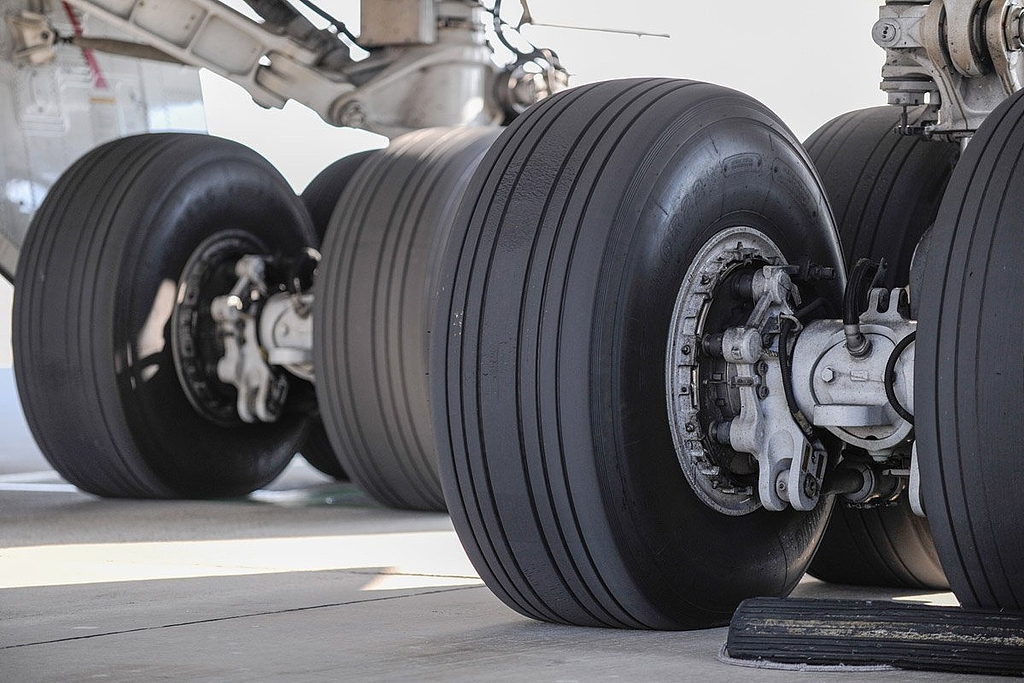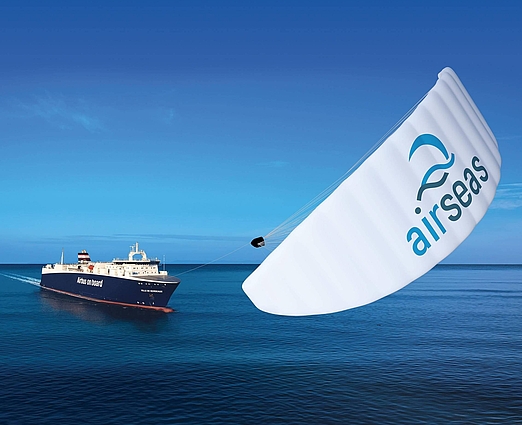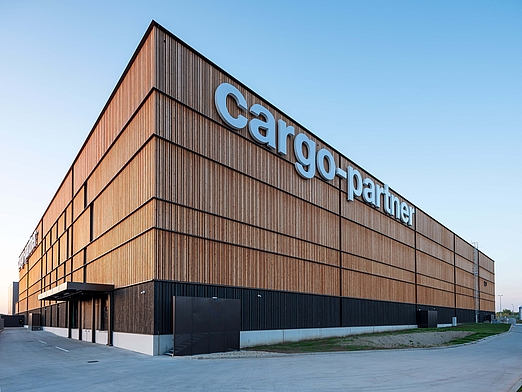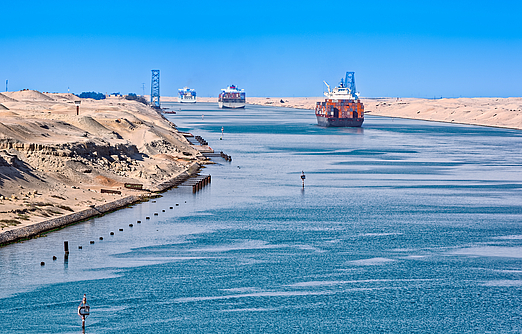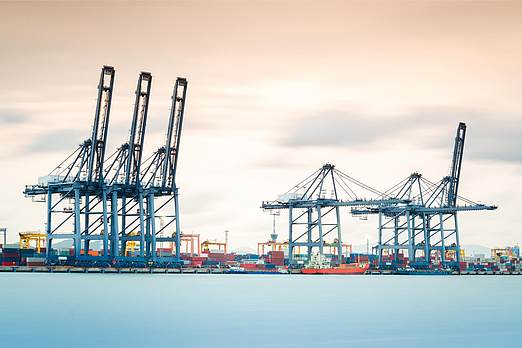Santa must be a top-notch logistics expert!
“Ho, Ho, Hopefully everything will arrive on time”
- Facts
Year after year, Christmas is celebrated around the world, and gift-giving is an intrinsic part of the holiday. But have you ever paused to consider the challenging circumstances involved in getting all those presents under the Christmas tree in the first place? Santa Claus is generally thought to be a nice, slightly overweight, middle-aged man with a big bushy beard – but there is actually much more to him than meets the eye. He must also be quite the logistics expert; otherwise, he would never be able to transport this sheer quantity of presents over nearly inconceivable distances. It’s time to take a hard and entirely serious look at this accomplishment.

